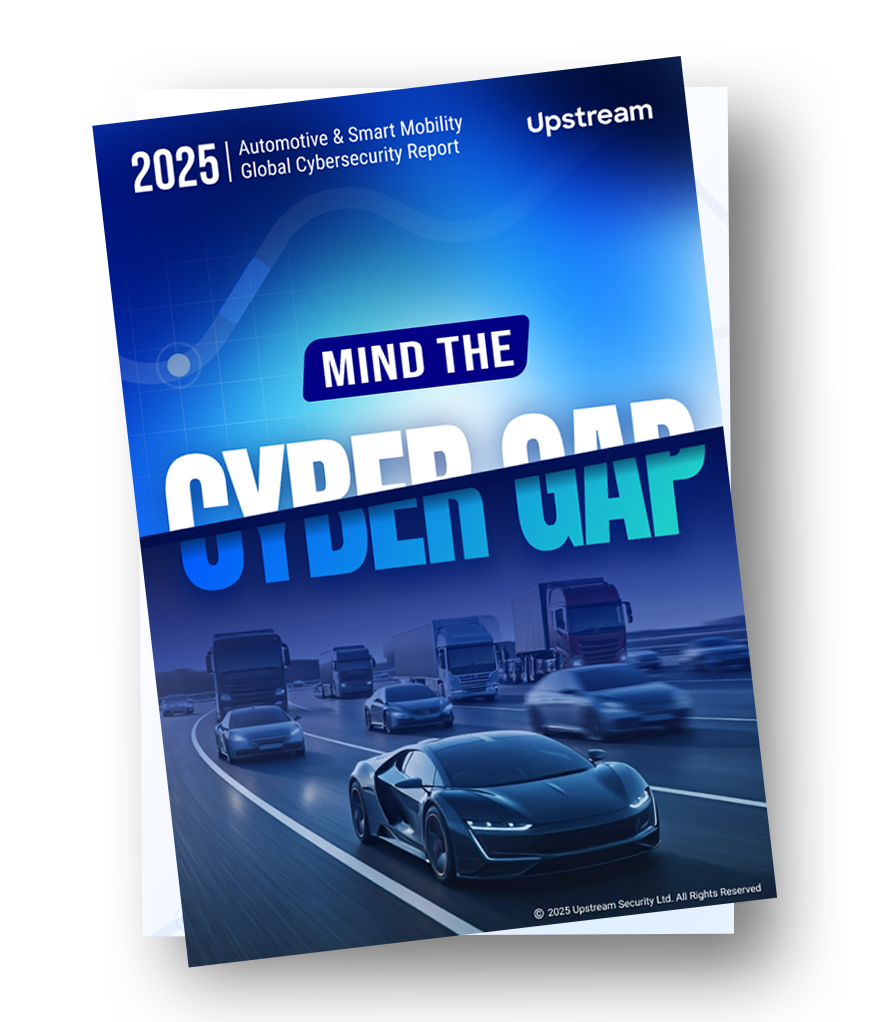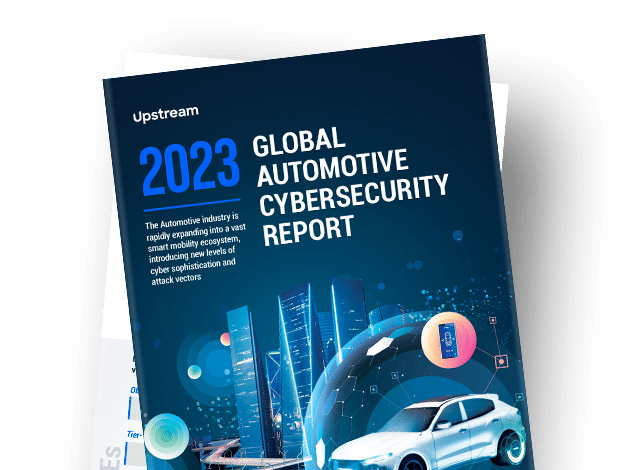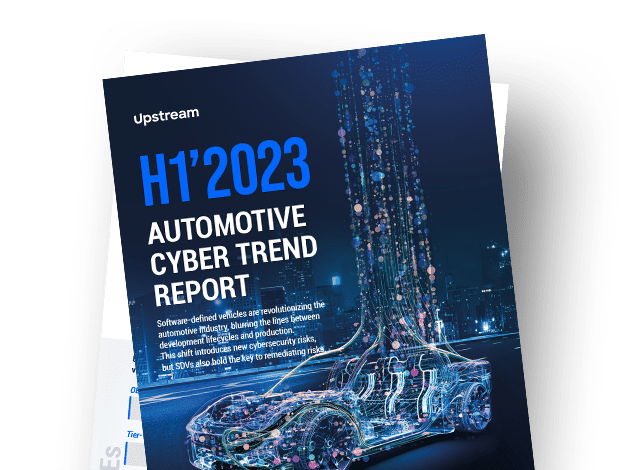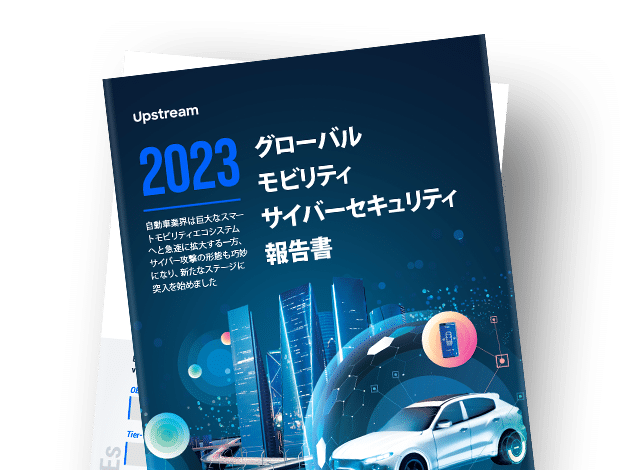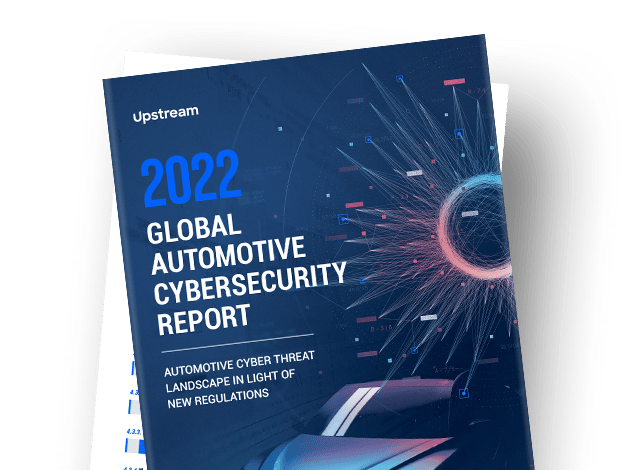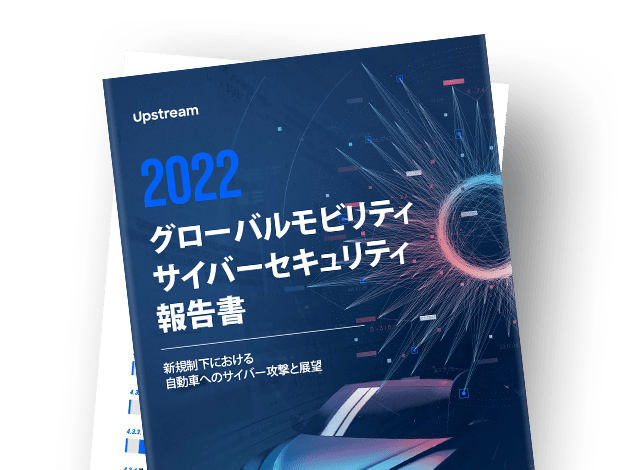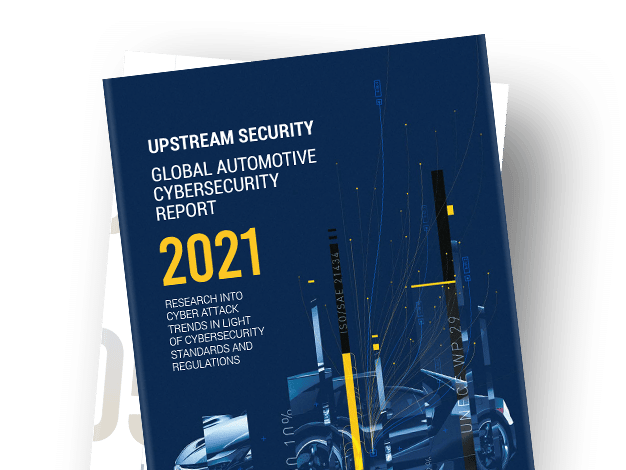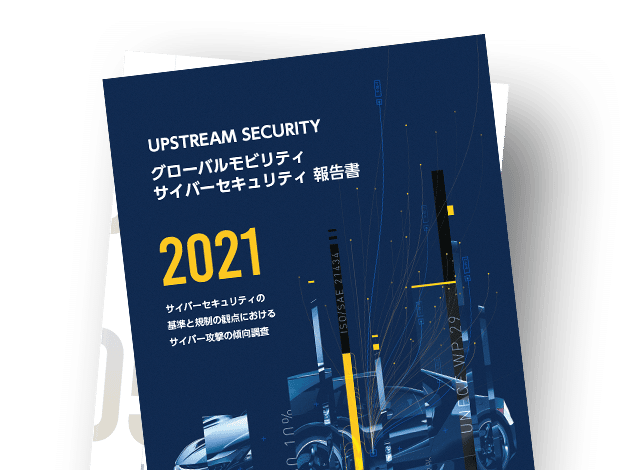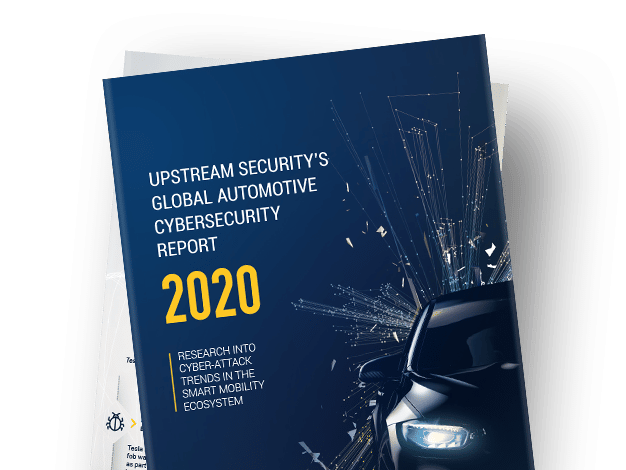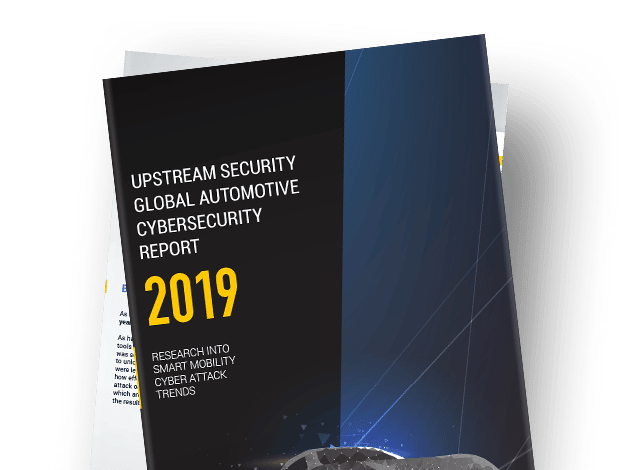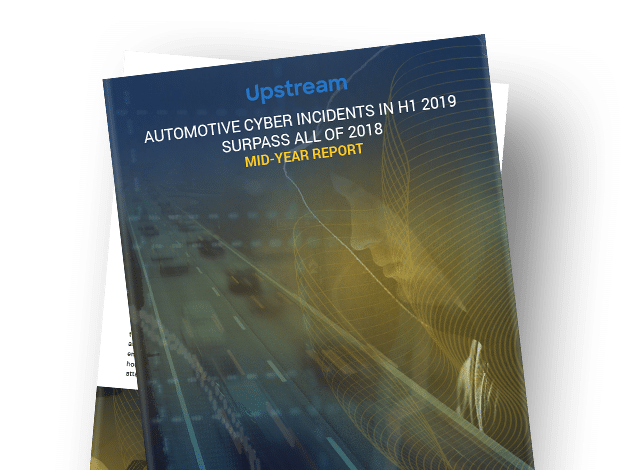Upstream’s researchers analyzed critical automotive and smart mobility risks and vulnerabilities
The 2025 Report Highlights
The rise of the Automotive cybersecurity gap
The Automotive and Smart Mobility ecosystem experienced a sharp increase in cyber threats throughout 2024, with large-scale ransomware attacks causing unprecedented disruption.
As cyber risks outpace regulation-driven measures, the growing gap between the risk landscape and organizational resilience has become increasingly evident.
Upstream's 2025 Global Automotive Cybersecurity Report explores this cybersecurity gap, China’s expanded EV market share, and the key trends, vulnerabilities, and incidents that shaped the ecosystem in 2024.
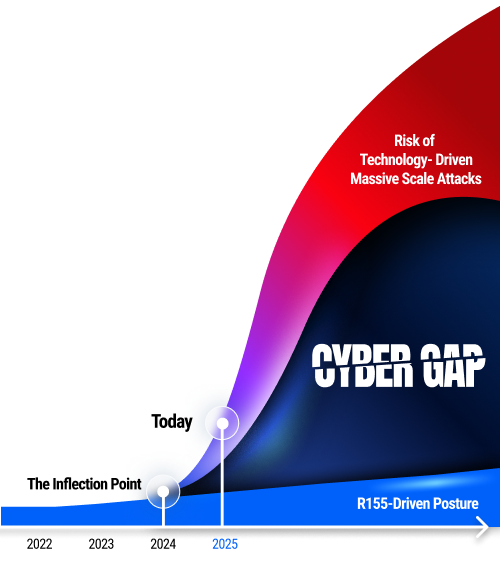
The year of ransomware
Large-scale ransomware attacks with unprecedented impact dominated 2024In 2024, AutoThreat® researchers identified over 100 ransomware attacks targeting the Automotive and Smart Mobility ecosystem and more than 200 data breaches, which contributed heavily to the rise in cybersecurity incidents across the ecosystem.
Ransomware threats are projected to evolve, extending beyond traditional enterprise IT systems to compromise products, OT, and Smart Mobility devices. This shift poses critical risks to safety, operational availability, and the security of sensitive mobility data.
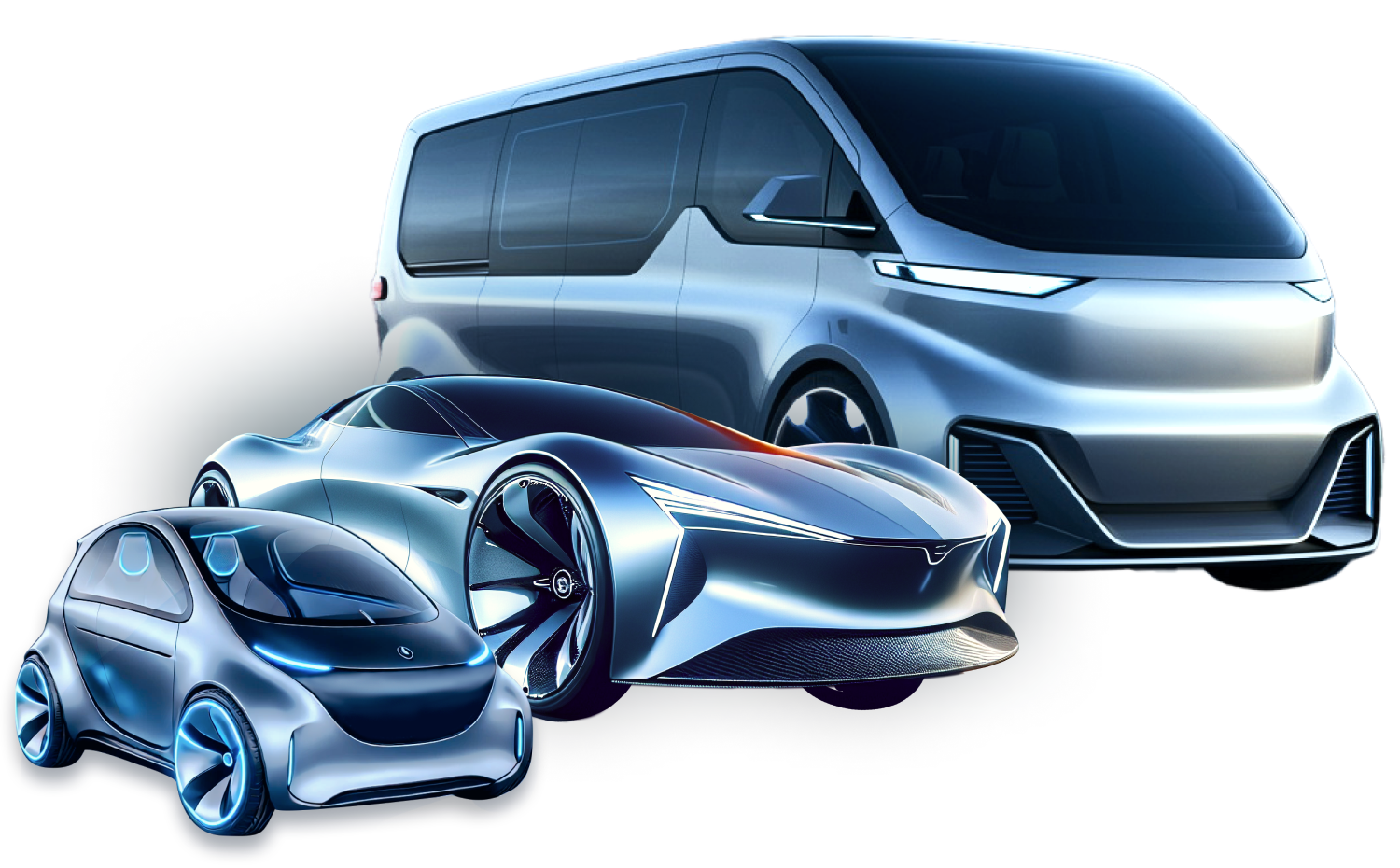
The elephant in the boardroom
China is reshaping global Automotive markets and the cybersecurity landscape- China’s strategic investments and government support have solidified its leadership in the global EV market.
- In 2024, China advanced its automotive regulations with new cybersecurity standards for intelligent vehicles and plans to influence global industry standards.
- In response to rising cybersecurity risks, the US Department of Commerce proposed a rule in September 2024 to ban connected vehicles using certain hardware or software from China or Russia.

Developing an effective AI-driven vSOC
Threat actors are rapidly adopting AI technologies to amplify the scale and impact of their activities, forcing stakeholders to keep pace by enhancing their defenses.
With the growing number and sophistication of cyberattacks targeting vehicles, mobility applications, EV charging infrastructure, and smart mobility devices, stakeholders are increasingly prioritizing the development of vSOCs. Early adoption of AI and ML technologies is emerging as a critical strategy in mitigating the impact of large-scale cybersecurity threats.

